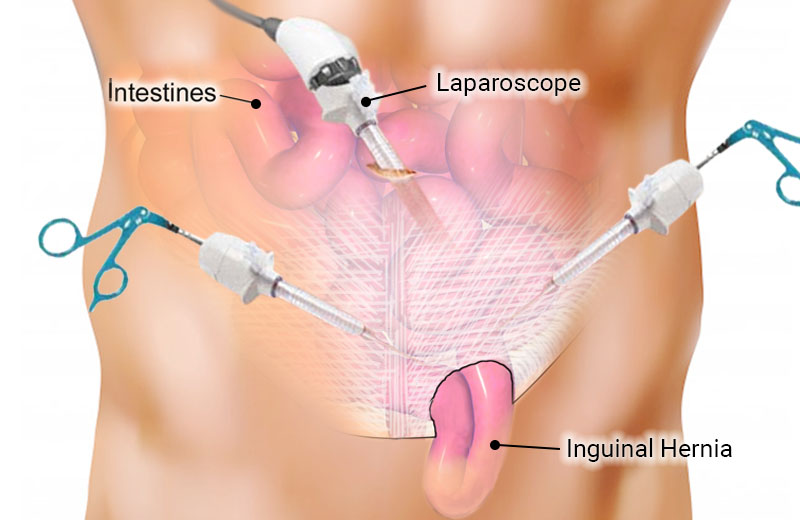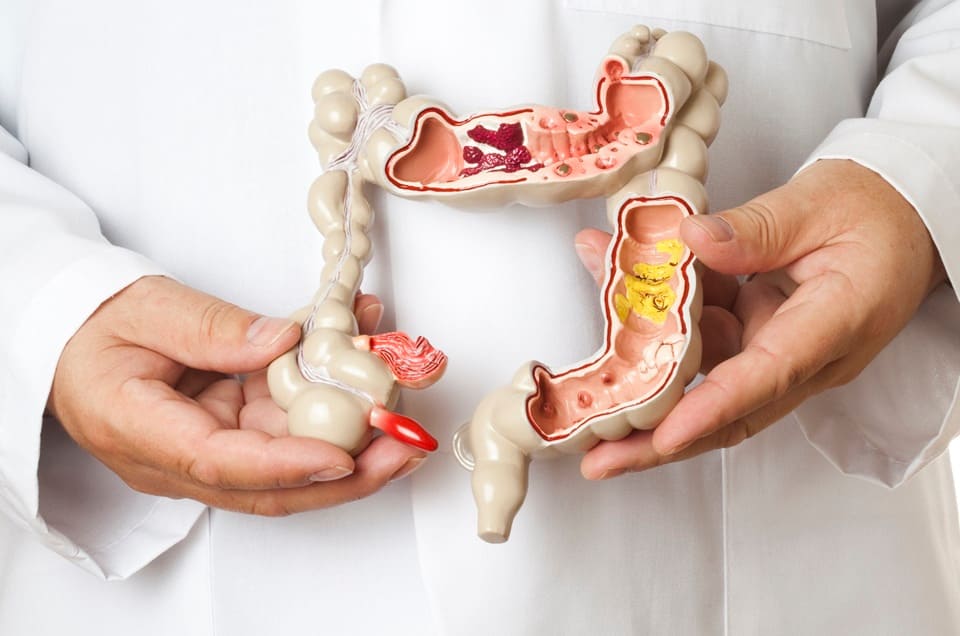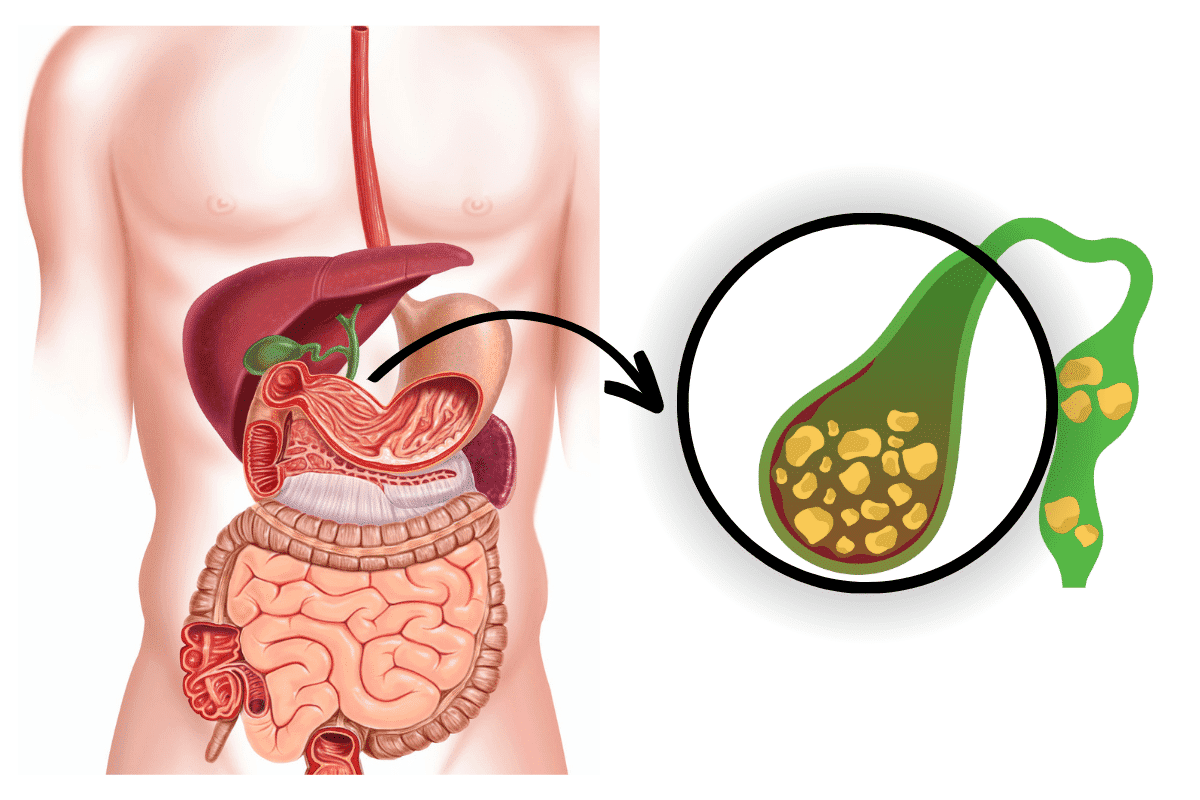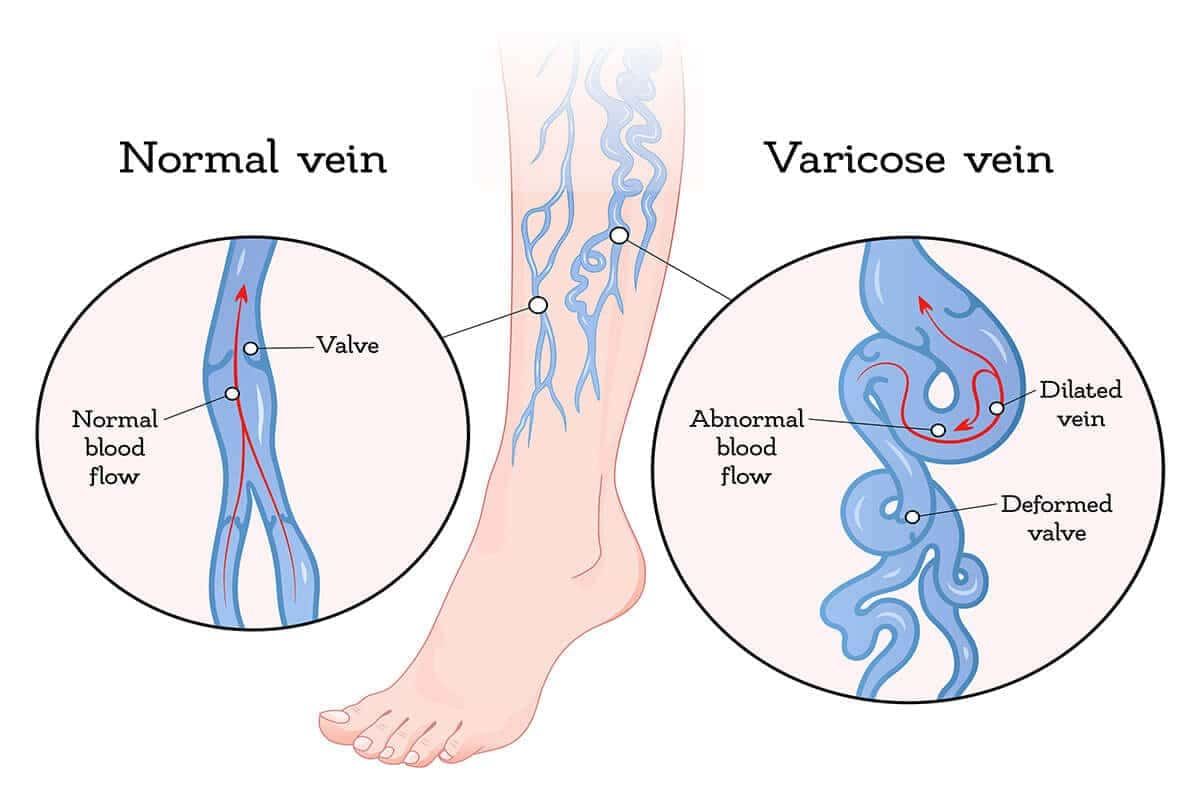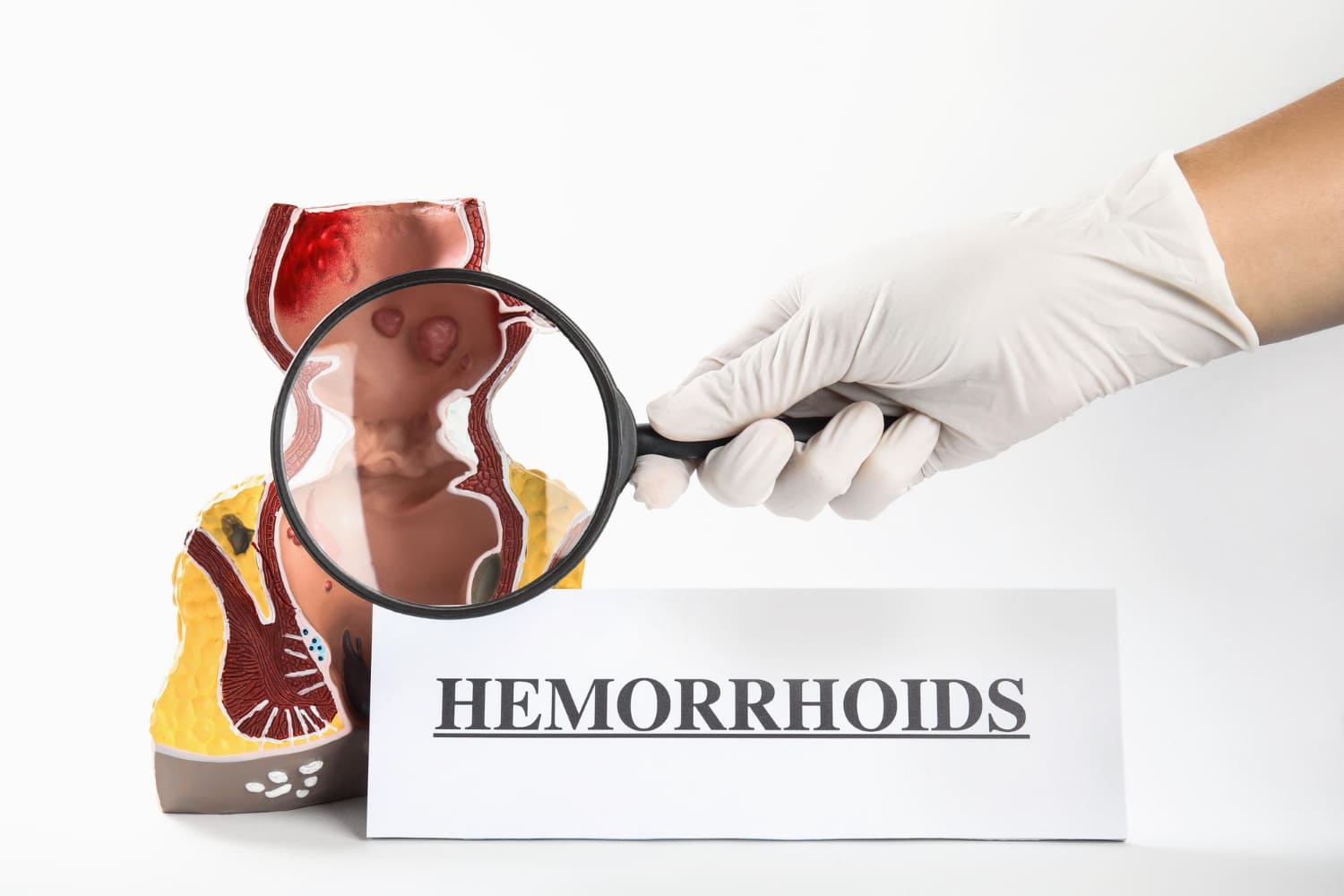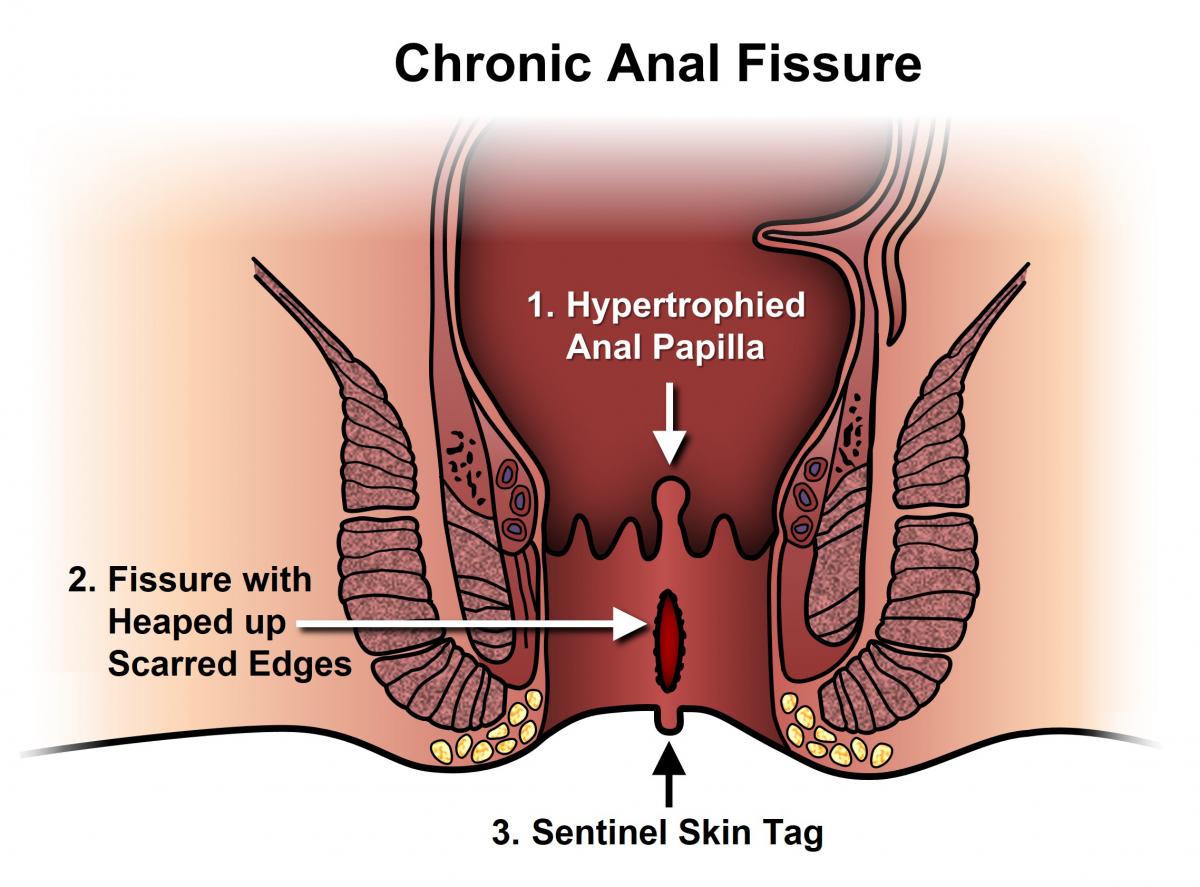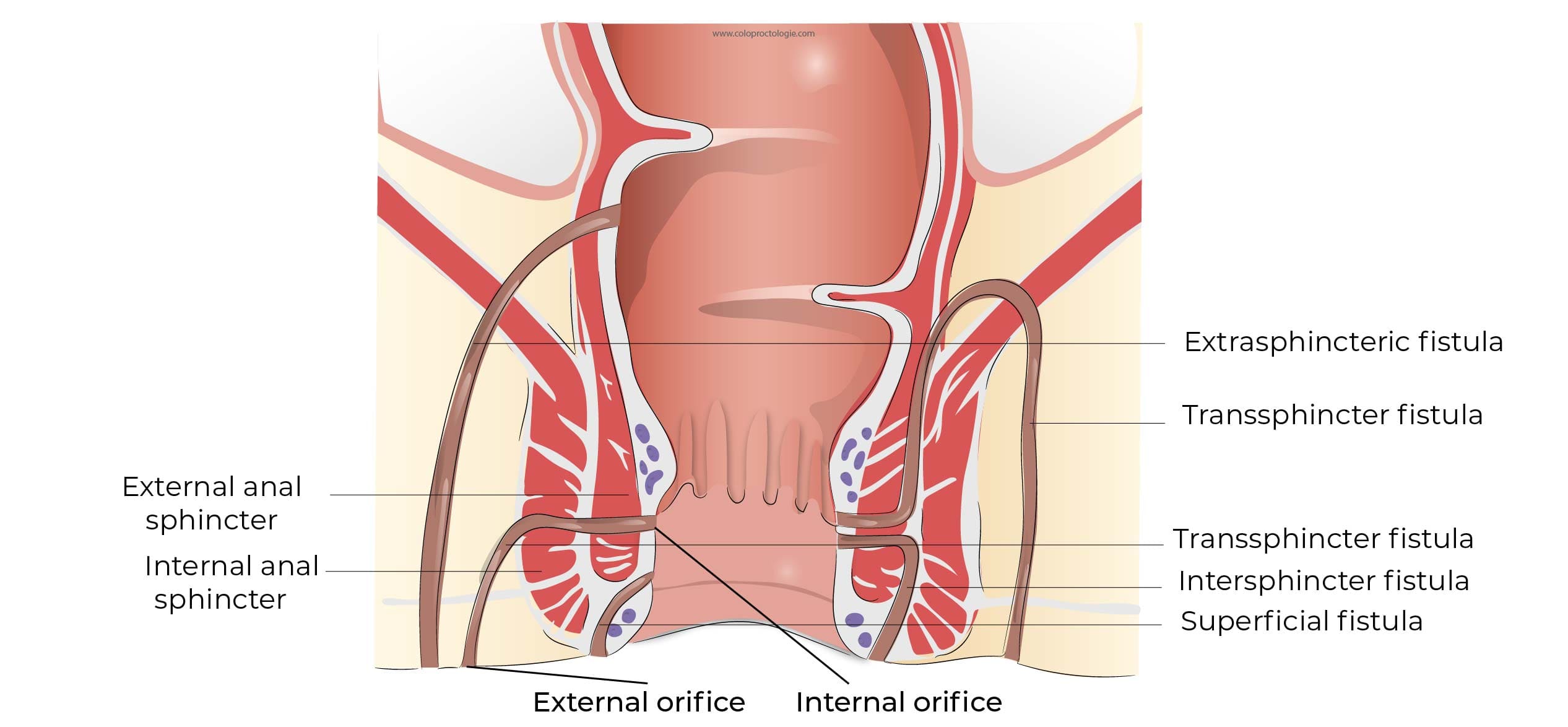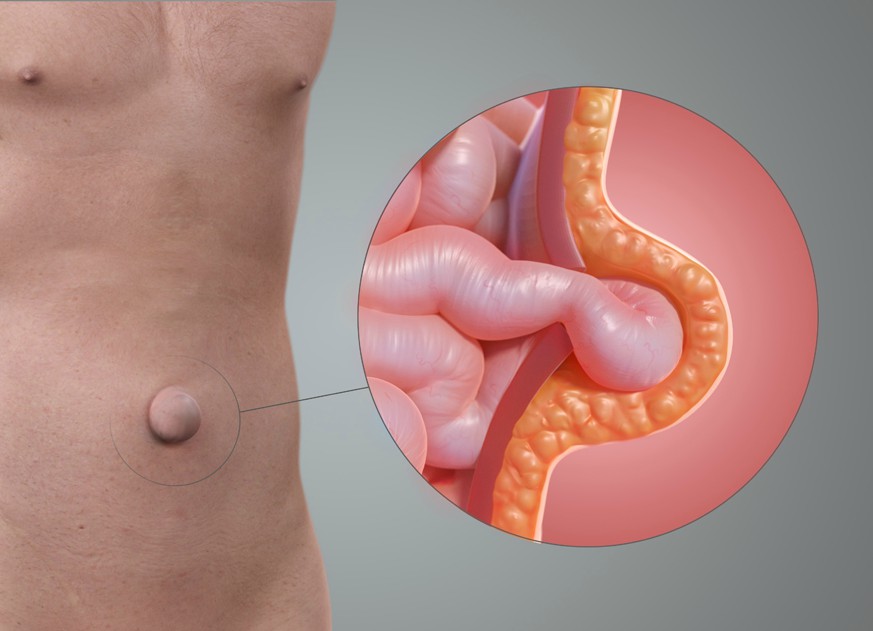
Umbilical Hernia Laparoscopic Surgery
What Is An Umbilical Hernia?
An umbilical hernia occurs when a portion of the intestine protrudes through the abdominal muscles near the navel. It is often visible as a bulge and may cause discomfort, but it is common and typically harmless. An umbilical hernia generally develops when the muscles near the belly button don’t close properly, allowing a small amount of abdominal tissue to push through. While they can occur in adults, they are more common in infants.
In many circumstances, particularly in infants, umbilical hernias close on their own as the abdominal muscles strengthen. However, if the hernia persists or causes pain, surgery may be suggested to repair it. If you suspect an umbilical hernia, it is best to consult with a healthcare professional for proper evaluation and guidance.
What Are The Risk Factors For Umbilical Hernia?
Here are some risk factors for umbilical hernia:
- Age and gender: Infants are at an increased risk of umbilical hernia due to weak abdominal muscles. In adults, it is more common in women, mainly after multiple pregnancies.
- Obesity: Excess body weight can strain the abdominal muscles, making umbilical hernias more likely.
- Pregnancy: The stretching of the abdomen during pregnancy weakens the muscles, increasing the risk of umbilical hernia.
- Genetics: A family history of umbilical hernia may indicate a genetic predisposition.
- Coughing: Having a cough for an extended duration can increase the risk of umbilical hernias. This is because the force of coughing can add pressure to the abdominal wall.
- Chronic constipation: Straining during bowel movements can also cause umbilical hernia development.
- Previous abdominal surgery: Surgical techniques might weaken the abdominal wall, making umbilical hernias more likely.
How Can Umbilical Hernia Be Diagnosed?
Here are some tests used in diagnosing umbilical hernia:
- Physical exam: In physical examination, the healthcare provider will visually examine and palpate the abdominal region, focusing around the navel for a bulge or swelling.
- MRI (magnetic resonance imaging): MRI may sometimes provide detailed images without exposing the patient to radiation. It can offer extra information about the umbilical hernia and surrounding tissues.
- Ultrasound: This diagnostic test utilizes sound waves to produce real-time images. It helps visualize the umbilical hernia, its size, and whether any abdominal contents protrude through the opening.
- CT scan (computed tomography): In some cases, a CT scan may be advised for a more detailed and cross-sectional view of the abdominal area. It can provide a more detailed picture of the umbilical hernia and surrounding structures.
It’s essential to note that not all these diagnostic tests may be required for every case. The choice of diagnostic tools depends on the symptoms of the person and the healthcare provider’s recommendation.
Surgical Treatment for Umbilical Hernia
The two types of umbilical hernia removal surgery are:
- Open surgery: Open surgery is the most commonly performed procedure for the treatment of umbilical hernias. Open surgery, also known as herniorrhaphy, involves making an incision near the hernia area to access and fix the weakened abdominal wall. During open surgery for an umbilical hernia, the surgeon carefully analyzes the herniated tissue, repairs the weakened abdominal wall, and may use stitches or additional support like mesh to support the area.
Open surgery is a traditional method and is effective for addressing umbilical hernias of various sizes. Recovery time may be slightly longer than minimally invasive techniques, but choosing between open surgery and other methods depends on individual factors and the surgeon’s recommendation.
- Laparoscopic surgery ( umbilical hernia keyhole surgery): Laparoscopic umbilical hernia removal surgery is a minimally invasive surgical approach. Laparoscopic surgery involves using tiny incisions and a laparoscope to repair the hernia. The laparoscope helps the surgeon see inside the abdomen and fix the hernia without the need for a large open incision. In this approach, the surgeon inserts specialized instruments through these tiny incisions to push the protruding tissue back into place and reinforce the weakened abdominal wall, often using mesh.
Laparoscopic surgery is generally done as an outpatient procedure, which means the patient can go home the same day. Advantages of laparoscopic surgery include a shorter recovery time, reduced postoperative pain and discomfort, and smaller scars compared to traditional open surgery.
**Explore and discover real transformation stories with our before and after Hernia treatment images. Take charge of your hernia journey today.
Which Surgery is Best for Umbilical Hernia Repair?
Most healthcare providers consider laparoscopic surgery as the best approach for umbilical hernia repair. The following aspects of the minimally invasive procedure make it the most recommended and sought-after procedure:
- The technique involves minute incisions, which results in lesser postoperative pain.
- The recovery after laparoscopic surgery is faster than traditional open surgery.
- With the use of the laparoscope, the surgeon can get magnified visuals of the hernia and its surrounding tissues. This allows the surgeon to precisely place the hernia mesh which in turn reduces the chances of any postoperative complications.
- Laparoscopic surgery also leads to better cosmetic outcomes since it involves minimal scarring.
- Laparoscopic surgery is particularly advantageous for larger hernias and cases where multiple hernias are present, allowing for comprehensive repair in a single procedure.
How To Prepare For Laparoscopic Umbilical Hernia Surgery?
To prepare for laparoscopic umbilical hernia repair surgery, consider the following steps:
- Undergo a comprehensive medical evaluation to ensure you are fit for surgery. Discuss any pre-existing health conditions or medications with your healthcare provider.
- Stop taking medicines like aspirin to avoid excessive bleeding during and after surgery. Other medications to avoid include Plavix, Naprosyn, Ibuprofen, and Coumadin. Consult your Surgeon to know what medications you must stop and what you can have in low doses.
- Follow instructions regarding fasting before surgery. You will be asked not to eat or drink anything for a specific duration before the procedure.
- Stop or cut down over-the-counter herbs before your umbilical hernia surgery. These herbs contain specific contents that can lead to serious bleeding during surgery and hinder your recovery process. Some of the herbs to avoid include garlic tablets, fish oil, etc. You must be mindful of their properties and impact on your body functions.
- If you smoke, consider quitting or reducing smoking before your umbilical hernia operation to enhance healing and reduce complications.
- Follow preoperative instructions provided by your healthcare provider, which may include skin cleansing and instructions on what to bring to the hospital.
- Plan for someone to accompany you to the hospital on the day of surgery and assist with postoperative care.
- Wear loose, comfortable clothes on the day of surgery to relax your body and brain.
- Do not wear makeup, jewellery, or nail paint, as this will make it challenging for your Surgeon to decide if your body colour has a pale tint.
- Clarify any doubts you may have about the procedure, recovery process, and potential risks by asking your healthcare provider.
What Are The Recovery Tips To Follow After Laparoscopic Umbilical Hernia Surgery?
Recovery time after laparoscopic surgery for umbilical hernia can vary based on factors such as the surgical approach, the size of the hernia, and individual healing abilities. In general, many individuals can resume light activities within a week or two. However, it may take several weeks to a few months to fully recover and return to everyday activities, including exercise and heavy lifting. It is essential to follow your surgeon’s postoperative instructions and attend follow-up appointments to accurately assess your recovery progress. Here are some tips for a smooth recovery after umbilical hernia treatment:
- Take rest for a few days after your umbilical hernia repair surgery. You can walk slowly as it improves circulation. But do not walk too fast as it can weaken the abdomen.
- Follow the diet your healthcare expert provided. Eat fiber foods, fresh fruits, and green vegetables. Vegetables are good for avoiding constipation and mitigating extra pressure.
- Adhere to the specific instructions provided by your surgeon, including wound care, medication schedules, and any limitations on specific activities.
- Take prescribed or over-the-counter pain medicines as directed by your Surgeon to manage postoperative pain. Report any unusual or severe pain to your healthcare provider.
- Consume a lot of water and other fluids, which allow you to recover from the pain quickly and encourage healing of the incision areas.
- Avoid strenuous activities such as heavy lifting and extreme physical exertion for the advised period. Slowly reintroduce normal activities as advised by your surgeon.
- Utilize a pillow while coughing and sneezing. Hold it against the belly area to ease the pain and shock.
- Watch for signs of infection, like increased redness, swelling, or discharge from the incision area. Report any problems or concerns to your healthcare provider promptly.
- Avoid driving while continuing the pain medicines, as driving can strain the incision sites. Consult with your healthcare provider about the perfect time to resume driving.
- Attend follow-up appointments as scheduled by your Surgeon to monitor your recovery progress and address any problems.


